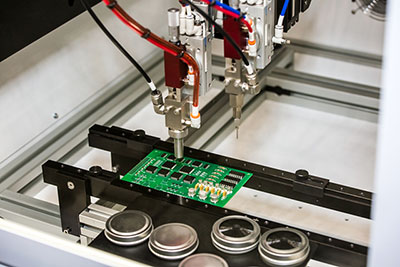Contents
Conformal Coating Types
Your coating thickness is vital towards the proper functioning of a printed circuit board or any other electronic device. If you use a skinny coat, then adequate coverage becomes impossible. If a PCB conformal coating is densely thick, it may bring about some excess stress on PCBs components and solder joints.
There are several types of conformal coatings that include the following:
1. Silicone Resin
2. Acrylic Resin
3. Urethane Resin
4. Thin Film or Nano Coatings
5. Epoxy Conformal Coating
6. Parylene Conformal Coating
While the best option depends on the protection required, traditional coatings (Silicone Resin, Acrylic Resin, and Urethane Resin) are thick enough to protect them from severe environmental exposure. They increase the durability of a printed circuit board. At the same time, they also ensure the practicability of undertaking accessible repair functions.
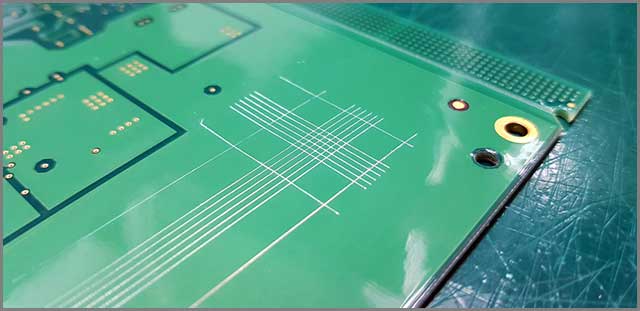
Application Methods Chosen and how they affect Conformal Coating
The methods of conformal coating application also matter when choosing an ideal thickness. The thickness should have the ability to protect all parts of the board effectively. The decision on how to go about applying the conformal coating depends on various aspects. They include pre-coating processing, equipment requirements, and board design requirements, e.t.c. Additionally, there are several application methods, such as:
1. Manual spraying-generally ideal for low-volume production
2. Selective coating-this one is an automated coating process. Here programmable spray nozzles apply the conformal coating.
3. Automated spraying – a programmed spraying system moves the board to a conveyor for coating.
4. Dipping – circuit boards get immersed and withdrawn from conformal coatings. It is ideal for high-volume manufacturing.
5. Brushing – this is a simple technique applicable when it comes to undertaking reworks or repairs.
Again, the thickness of a coating depends on the application method that a designer chooses. In most cases, brushing and manual spraying produces a thick layer that may end up causing some stress on the printed circuit board.
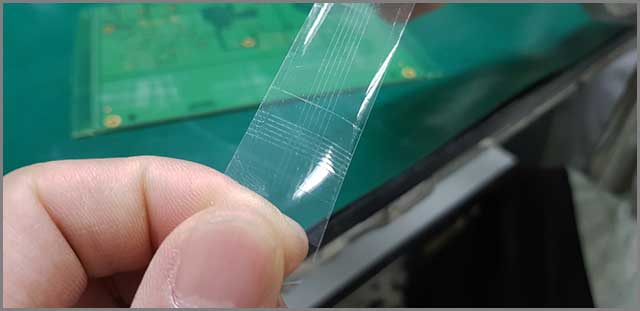
Conformal Coating Cure Methods
When it comes to conformal coating, you often hear designers speaking of curing them. Curing these coatings is a process that takes place after the completion of coating spray. It means the achievement of the full hardness of the conformal coating. Complete curing takes place the moment a sheet reaches its maximum chemical and electrical properties. With such, a board can now function as desired since there’s complete protection of a circuit board’s components.
Curing mechanisms play a very vital role in coat selection. Though, not all designers might concur with this. But when you look closely, curing methods are still essential.
“Why do they come in handy?” One might ask. Some curing methods are relatively foolproof as they come with the ideal thickness to protect critical parts of a circuit board. Some of the most common cure methods include the following:
1. Heat Cure – Heat cure is ideal, especially when one medicine can’t bring out the required conformal coating thickness to thoroughly protect a circuit board’s components.
2. Moisture Cure – Moisture curing finds heavy use in urethane and silicone systems. As the carrier solvents evaporate, what’s left behind is final curing.
3. UV Cure – Here, conformal coatings get cured using ultraviolet light. It produces some of the best thickness for printed circuit boards. Of importance to note, though, is that such layers are a little bit difficult to repair.
4. Evaporative Cure Mechanism – With this curing type, the liquid carrier does evaporate, leaving behind a coating resin. While it may appear dull, circuits require more than a single dip for the right thickness.
When inquiring about how to achieve the ideal thickness of the conformal coating, you also need to remember that its cure methods matter a lot.
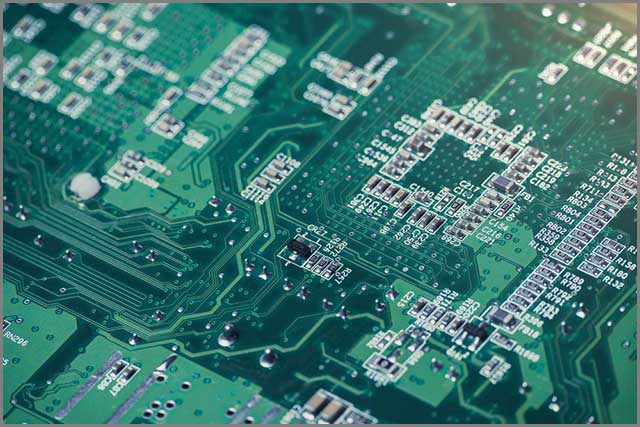
Thickness Measurement Vs. Conformal Coating
When it comes to the manufacture of PCBs, conformal coatings get applied quite thinly. The use of thin layers is to reduce heat entrapment or reduce some extra weight. There are several other concerns on why the coatings are light. But minimizing heat entrapment and reducing their weight are the two most fundamental reasons for such. The standard thickness of many conformal coatings is between 1 to 5 mils. There are even some that designers apply at much more thinner levels.
Anything else higher than the above thickness levels is usually potting or encapsulates compounds. Their main intention is to provide increased mass and thickness aimed at protecting the board even further. It’s crucial to be aware that the thickness of the conformal coating is also essential for your PCBs. Currently, board designers rely on four methods in measuring the thickness of a conformal coating. The four include the following:
1. A wet film thickness gauge – A wet film thickness gauge consists of several teeth and notches placed on the wet film to take measurements.
2. A micrometer – A micrometer is ideal for testing several thickness board measurements. It does this on a board before and after the application of a coating.
3. Eddy current probes – This one relies on a test probe that measures a coating’s thickness. It does this by effectively creating an oscillating electromagnetic field.
4. Ultrasonic thickness gauge – This gauge measures conformal layer thickness by using ultrasonic waves.
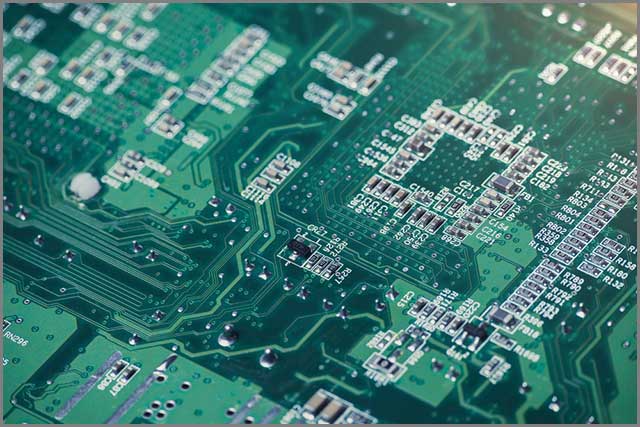
Conformal Coating Removal Methods
It comes a time when you’ll have to remove a previous coating. Such is true, especially if you want to undertake some repairs or apply a new, more improved functionality. There are several conformal coating methods that designers are fond of using. Some of the most common ones include Solvent Removal, Peeling, and Scraping/Grinding. Others include Thermal or Burn-through and Micro blasting.
Are you a little bit confused about finding the ideal thickness for your printed circuit boards? If so, consider some of the easiest removal methods ideal for the type of conformal coating that your boards have. Not all the above removal methods are suitable for various kinds of conformal coatings. Some work well, while others are a little bit tricky.
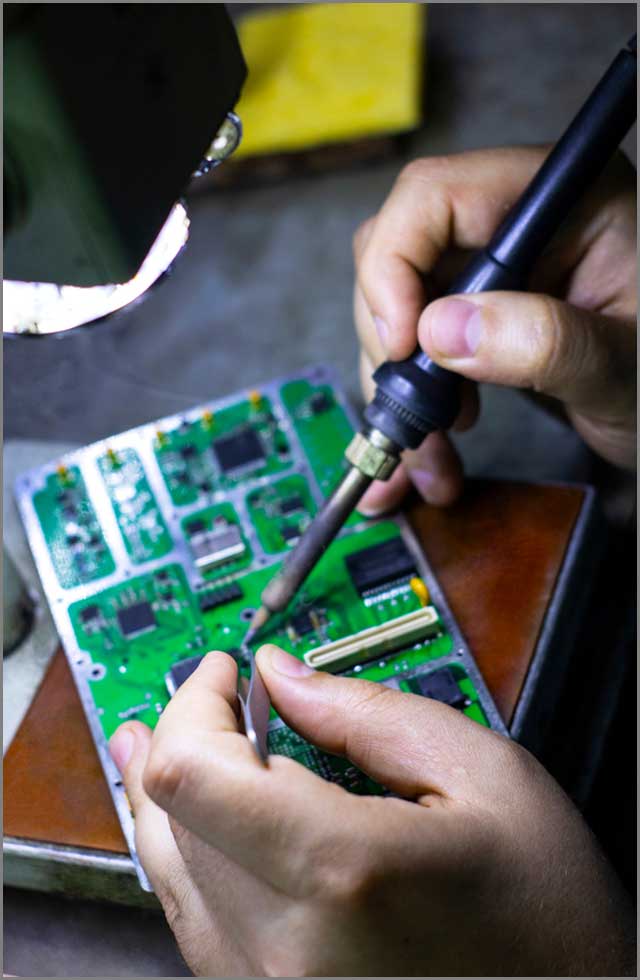
Conformal Coating Certifications
The ideal thickness of a conformal coating that perfectly suits your boards depends on where you are getting them. Do you ensure that your supplier is certified? Do they manufacture boards with the required thickness levels? If your answer is no, then you are using substandard boards. In the long run, such thickness levels may not be ideal for your project.
If you intend to save your time and money on your boards, there’s no harm in taking some time to ensure that they meet industry specifications. Ensure that your manufacturer provides you with detailed information about the thickness levels. It must also include the thickness of the conformal coating that’s on your PCBs.
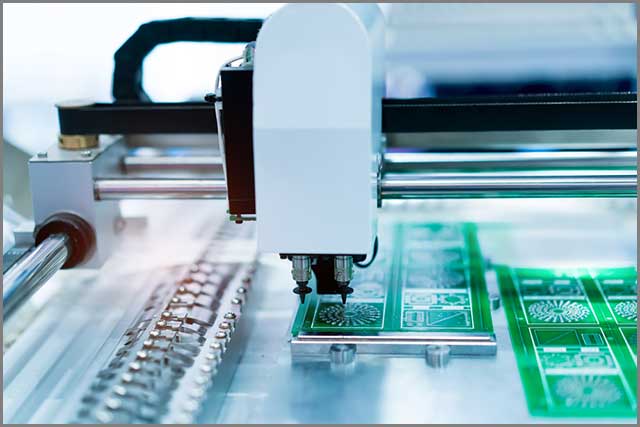
Regulatory Considerations
Just like the previous point, regulatory standards are essential almost everywhere. The same is faithful also in the world of printed circuit boards. With regulatory considerations, manufacturers ensure that they avail you of safe products. They also benefit results that match the industry specifications.
In the U.S, for instance, there several regulatory bodies such as OSHA and EPA. These and many other institutions make sure that manufacturers don’t use hazardous substances. They also ensure that the industry is under some regulation.
With a few regulations here and there, customers get the surety of finding the ideal thickness of a conformal coating of their choice. Finally, regulatory considerations are also the right way of ensuring that customers find conformal coatings that come with the thickness level they find ideal.
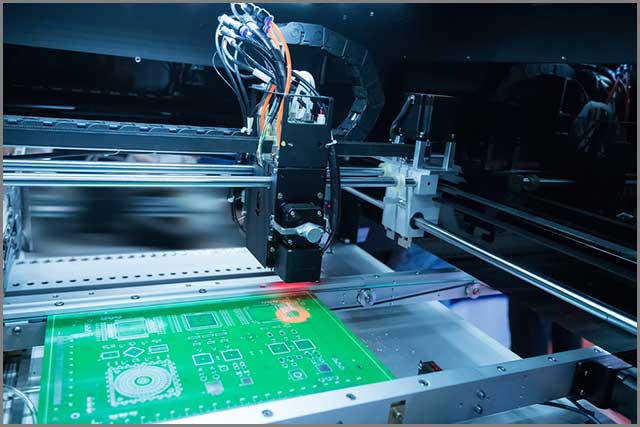
Summary
That’s all for today. We hope that you now know how to find the ideal thickness of a conformal coating to use on your printed circuit boards. We hope that you did find this guide exciting and informative.
Do you need extra information on other questions regarding conformal thickness? Feel free to reach us at WellPCB for immediate assistance. If you aren’t sure of the ideal thickness of the conformal coating that you need to use for your PCB, we are ready to offer you immediate assistance.
We have served and continue to cater to the needs of thousands of clients. Don’t be left behind. Call us now for any of your conformal coating needs.
